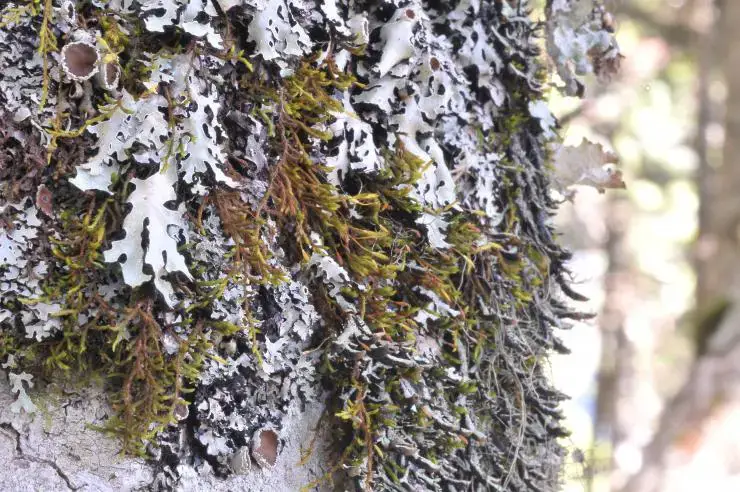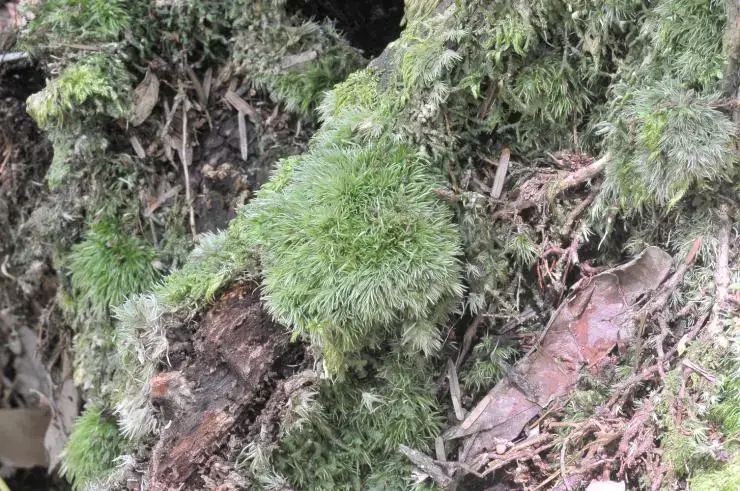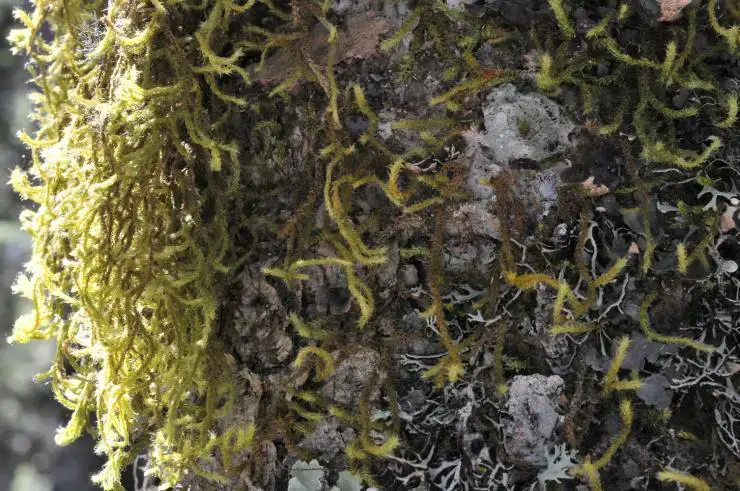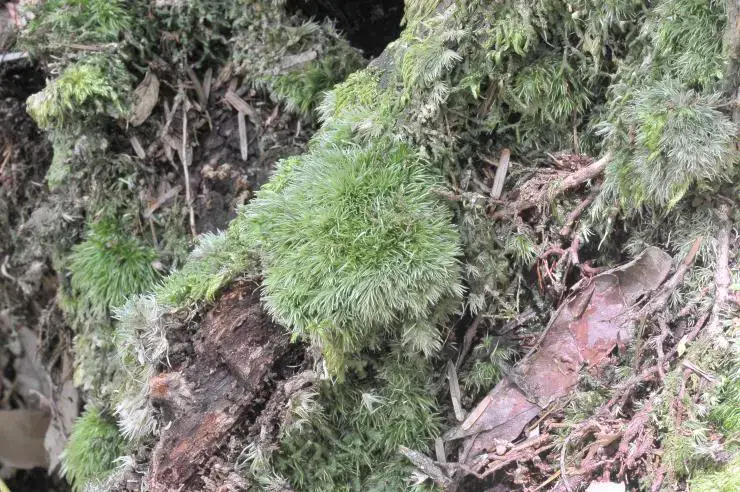
5856d54f21c593d9017a4c708465902e.jpg from: https://openmuseum.tw/muse/digi_object/944be5363af1050246cc941b5ca41998
Exploring the Fascinating World of Porothamnium Moss
Porothamnium arbusculans (Müll.Hal.) M.Fleisch., commonly known as

7037e79d418c961c5141889e083833ce.jpg from: https://taieol.tw/muse/digi_object/2355523fe7d6b11d4b7a8ac495911fd7
Porothamnium moss, is a captivating species of moss belonging to the Neckeraceae family. As a member of the Bryophyta division and Bryopsida class, this moss has some truly remarkable characteristics. Let’s dive in and learn more about this intriguing little plant!
Background on Bryophytes
Before we get into the specifics of Porothamnium, it’s helpful to understand a bit about bryophytes in general. Bryophytes are non-vascular plants that include mosses, liverworts, and hornworts. They lack true roots, stems, and leaves, instead having structures that serve similar functions. Mosses like Porothamnium play important ecological roles and are found in many habitats worldwide.
Morphology and Identification
Porothamnium arbusculans has a distinctive appearance that helps with identification in the field. Its shoots are pinnately branched, meaning the branches come off the main stem in two opposite rows, resembling a feather. The leaves are ovate-lanceolate in shape and have a strong costa (midrib) that extends to the leaf tip.

00ae422930c03355c1279e7d3670b688.jpg from: https://taieol.tw/muse/digi_object/5c288503a07b98ea98b8f1ea8f885b55
One of the most noticeable features is the presence of paraphyllia, which are small, leaf-like appendages on the stem between the true leaves. In Porothamnium, the paraphyllia are

16083595bb6b5297d4932aee5f359826.jpg from: https://openmuseum.tw/muse/digi_object/2355523fe7d6b11d4b7a8ac495911fd7
filamentous (thread-like) and branched. The leaf margins are entire (smooth-edged) to weakly toothed.
Global Distribution and Habitat
Porothamnium moss has a wide distribution, being found in tropical and subtropical regions around the world. It commonly grows on tree trunks and branches in humid forests, forming mats or pendant streamers. The moss is epiphytic, meaning it uses trees as a substrate but does not parasitize them. It prefers partially shaded spots with high moisture availability.
Some key locations where Porothamnium arbusculans has been documented include:
| Region | Countries |
|---|---|
| Asia | China, Japan, Indonesia, Malaysia, Philippines |
| Africa | Madagascar, Réunion, Tanzania, Uganda |
| Americas | Brazil, Costa Rica, Jamaica, Mexico |
| Oceania | Australia, Fiji, Papua New Guinea |
Ecological Roles and Adaptations
Like other epiphytic mosses, Porothamnium plays several important roles in forest ecosystems:
Moisture retention: The moss mats trap and hold water, helping maintain humidity in the microenvironment. This benefits both the moss and other organisms.
Nutrient cycling: Porothamnium is involved in capturing nutrients from the air and rainwater and incorporating them into the ecosystem. Decaying moss also adds organic matter to the soil.
Habitat provision: The mats create microhabitats for various invertebrates and other small organisms.
To thrive in its epiphytic lifestyle, Porothamnium has several adaptations:
Branched paraphyllia help capture water and nutrients from the air and retain them in the moss mat.
Thick cell walls in the leaves protect against desiccation during dry periods.
Rhizoids (root-like structures) anchor the moss to the substrate and absorb water and minerals.
Conclusion
Porothamnium arbusculans is a prime example of the incredible diversity and adaptability found in the world of mosses. From its distinctive morphology to its ecological importance in tropical forests, this species showcases how even tiny plants can be fascinating and play key roles in ecosystems. Next time you’re in a humid forest, take a closer look at the trees – you might just spot some Porothamnium!